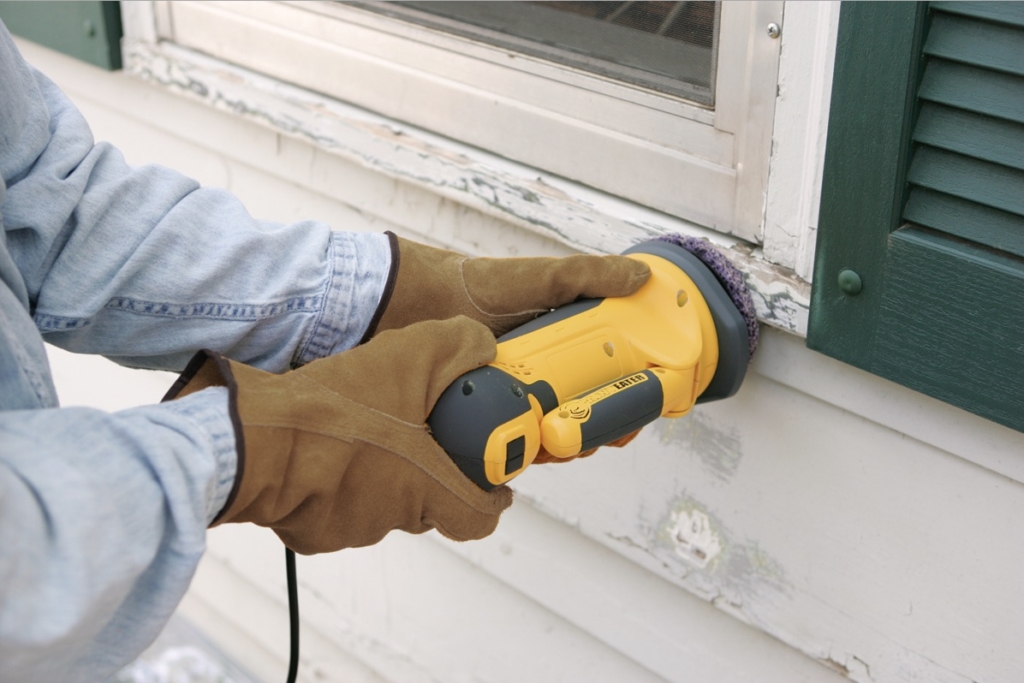Prepping homeowners about exterior prep work
 Estimating an exterior paint job accurately requires an expert eye, along with some art and science. Beyond the numbers, it often comes down to having honest conversations with the homeowner or client—not only about their needs, but about the prep work required.
Estimating an exterior paint job accurately requires an expert eye, along with some art and science. Beyond the numbers, it often comes down to having honest conversations with the homeowner or client—not only about their needs, but about the prep work required.
“Most homeowners may not know a whole bunch about painting, but they do know the old adage that prep is the most important part of the job,” says Mark DeFrancesco, owner of MDF Painting & Power Washing, in Connecticut.
THE CHANGING ENVIRONMENT
One of the challenges with prep work is that sometimes you don’t really know what you’re dealing with until you actually start working on the surface. Pressure washing and scraping may end up revealing a worse situation than met the estimator’s eye—leading to additional labor time and more priming coverage. This added work can add to the cost of a job.
“Every situation is different, but most customers want to have a concrete price,” says Conor O’Keefe, owner of O’Keefe Painting, in Minnesota. “Say I estimate a job that could be anywhere from $7,000 to $10,000, and another contractor says it’s going to be $8,000. That’s a tough situation, and you don’t know the stipulations in the other guy’s contract. But if we have a good relationship with that customer, maybe it’s a referral, we’ll explain the situation in more detail. For example, I’ll say, ‘I have a good gut feeling about what’s going to happen after the pressure wash, and can give a firm price afterward.’”
Sanding is probably the biggest gray area in exterior painting, and a vital part of positioning yourself as an expert, according to DeFrancesco.
“One of the big things for me is to talk to the customer in detail about how much time we’re going to spend on that phase of the prep,” he says. “For us to warranty a certain way, our best practices require doing as much sanding as possible, and we’re straightforward with our customers about that. They may get different price ranges from other contractors, but when they compare quotes, I tell them to look at how many man-hours of electric sanding are included. That way, everyone’s on the same page. Ultimately, it’s up to the customer how much they want to spend on the prep.”
MOISTURE TESTING
Moisture testing the prep area is another key prep step that may require some customer education.
“We always test the moisture level and take a photo of the house so we can show where we did our moisture tests and exactly what the percentages are,” says DeFrancesco. “When we see trouble spots, we recommend that they replace those areas—otherwise, we’re not going to be able to warranty the integrity of the surface. That’s just a smart thing for the homeowner, and for you as a contractor to protect yourself.”
While the product lines and manufacturers of a final exterior coat may be critical, the conversations you have about prep can make a huge difference in how a customer perceives your estimate and expertise—and their level of satisfaction long after the paint has dried.
For more articles about jobsite situations professional painters may encounter, visit inpaintmag.com


